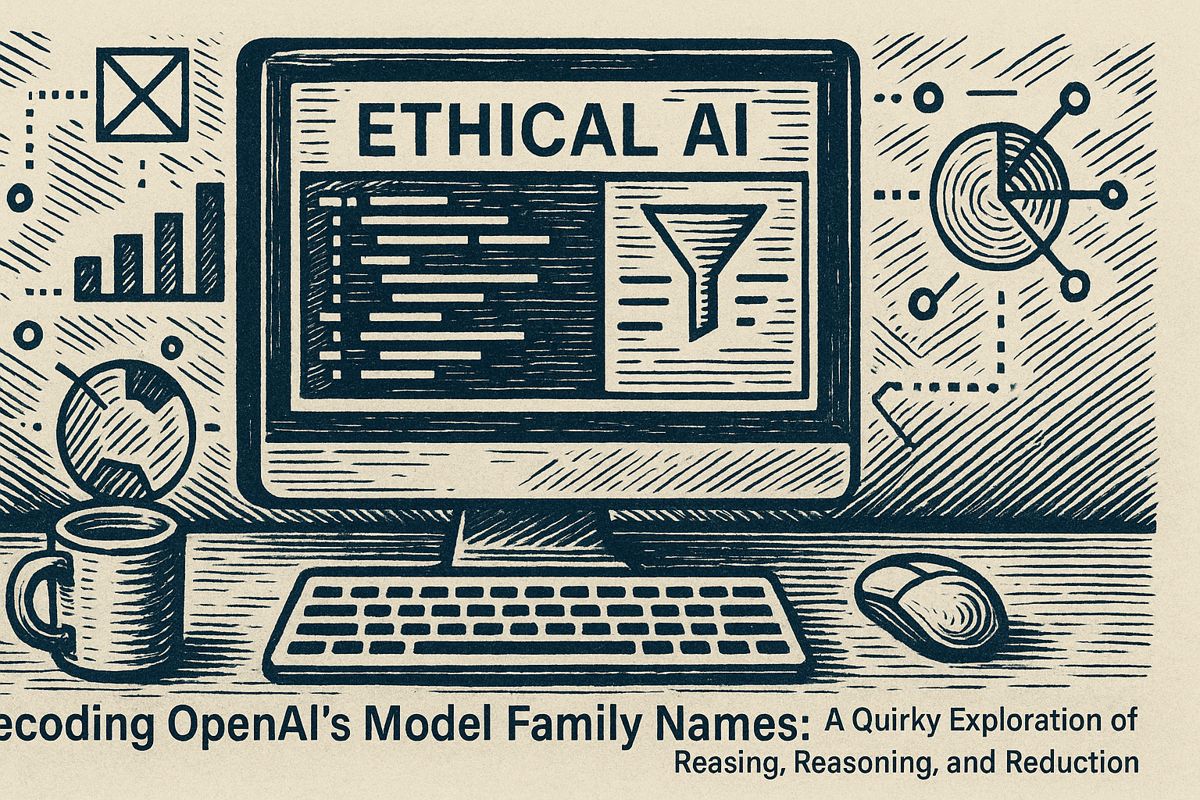Claude Sonnet 4.5 is a powerful AI tool that helps with software engineering by writing code, fixing bugs, and working with other platforms like Amazon Bedrock. It has the highest scores in tests compared to other AI models, making it faster and smarter at solving real coding problems. Sonnet 4.5 also remembers your goals, can pause and resume tasks, and is very safe to use. Developers can start using it right away through API, chatbot, or in the cloud, giving them strong new tools for building software.
What makes Claude Sonnet 4.5 stand out for AI-powered software engineering?
Claude Sonnet 4.5 leads AI-powered software engineering with top SWE-bench Verified scores (up to 82%), advanced agentic tooling such as checkpointing and memory, and robust safety features. It enables autonomous coding, bug fixing, and integrates seamlessly with platforms like Amazon Bedrock.
Anthropic’s September 2025 release of Claude Sonnet 4.5 is framed as a decisive step forward for AI-assisted software engineering. The model is available through the Claude API and in the Claude chatbot at the existing Sonnet 4 price point, giving developers immediate access to higher accuracy and new agentic tooling.
Benchmark leadership
Claude Sonnet 4.5 posts the strongest publicly reported score on the SWE-bench Verified benchmark – 77.2 percent, which climbs to 82.0 percent when parallel test-time compute is enabled Leanware analysis. The same source records a 50.0 percent result on Terminal-Bench, an assessment of autonomous command-line performance.
| Model | SWE-bench Verified | Terminal-Bench |
|---|---|---|
| Claude Sonnet 4.5 | 77.2 percent (82.0 parallel) | 50.0 percent |
| Gemini 2.5 Pro | 67.2 percent | 25.3 percent |
| GPT-4o / GPT-4.5 | roughly 54.6 percent | 43.8 percent |
These figures point to a double-digit lead for Sonnet 4.5 over Google and OpenAI’s closest offerings on real-world bug-fixing tasks while maintaining a clear margin on end-to-end terminal workflows.
Extended focus and agent tooling
- Checkpointing and resumable contexts for long-running agents
- Memory tools to track objectives and intermediate artifacts
- Built-in observability hooks that integrate with Amazon Bedrock’s AgentCore
Use cases already cited by early adopters include autonomous security patching, continuous regulatory monitoring in finance and large-scale data synthesis for research departments.
Safety profile upgrades
Sonnet 4.5 is released under the AI Safety Level 3 standard, which layers classifier checks on top of every conversation. The approach is designed to limit potential misuse while still allowing advanced tool use and code execution features required for professional development.
Practical availability
Developers can access the model today through:
- Claude API calls at existing Sonnet-tier pricing for text and code generation
- The Claude chatbot for interactive sessions and quick debugging
- Cloud integrations such as Amazon Bedrock for scalable agent deployments
By combining superior benchmark scores with long-horizon reasoning, a purpose-built Agent SDK and a strengthened safety envelope, Claude Sonnet 4.5 sets a new reference point for what dedicated coding models can deliver in 2025.
What makes Claude Sonnet 4.5 the “best coding model in the world”?
Anthropic’s internal tests show 77.2 % on SWE-bench Verified, rising to 82 % when parallel test-time compute is enabled.
On the tougher Terminal-Bench (command-line autonomy) it scores 50 %, while the nearest rival, Gemini 2.5 Pro, stops at 25.3 %.
Developers quoted by AWS say the model “codes for 30 hours straight without losing context,” turning long pull-requests into end-to-end commits that pass CI on first push.
How does Sonnet 4.5 compare with GPT-4o and Gemini 2.5 Pro in real tasks?
- SWE-bench (Verified): Sonnet 4.5 77.2 % – Gemini 2.5 Pro 67.2 % – GPT-4o ~54.6 %
- Terminal-Bench: Sonnet 4.5 50 % – GPT-5 43.8 % – Gemini 2.5 Pro 25.3 %
- Price: All three are within same cent-per-token bracket, but Sonnet 4.5 needs fewer retries, cutting cloud bills by up to 28 % in early pilot reports.
Can it really ship production-grade software, not just prototypes?
Yes.
The Claude Agent SDK exposes the same checkpoint/rollback hooks Anthropic uses internally; Amazon Bedrock teams deploy it to autonomously patch zero-day vulnerabilities hours after disclosure.
Finance teams run it under ASL-3 guard-rails to generate regulatory filings that previously took three analyst-weeks in under four hours, with audit trails automatically attached.
What safety gains arrive with the new model?
White-box interpretability tests found “no evidence of hidden goals” and measurably lower sycophancy; the model refuses to rubber-stamp unsafe code patterns that earlier versions would accept.
Prompt-injection success rate in red-team exercises drops from 8.3 % (Sonnet 4.0) to 1.1 % (4.5).
Engadget summarises: “It is Anthropic’s safest AI system to date.”
How can I try it today – and what does “Imagine with Claude” do?
- API: Same price tier as Sonnet 4 – no uplift.
- Claude.ai chat: Already rolled out worldwide.
- Max subscribers get a temporary preview labelled “Imagine with Claude”; type a one-sentence idea and watch the model scaffold a working React or Django repo in under 90 seconds, complete with README and unit tests.



















